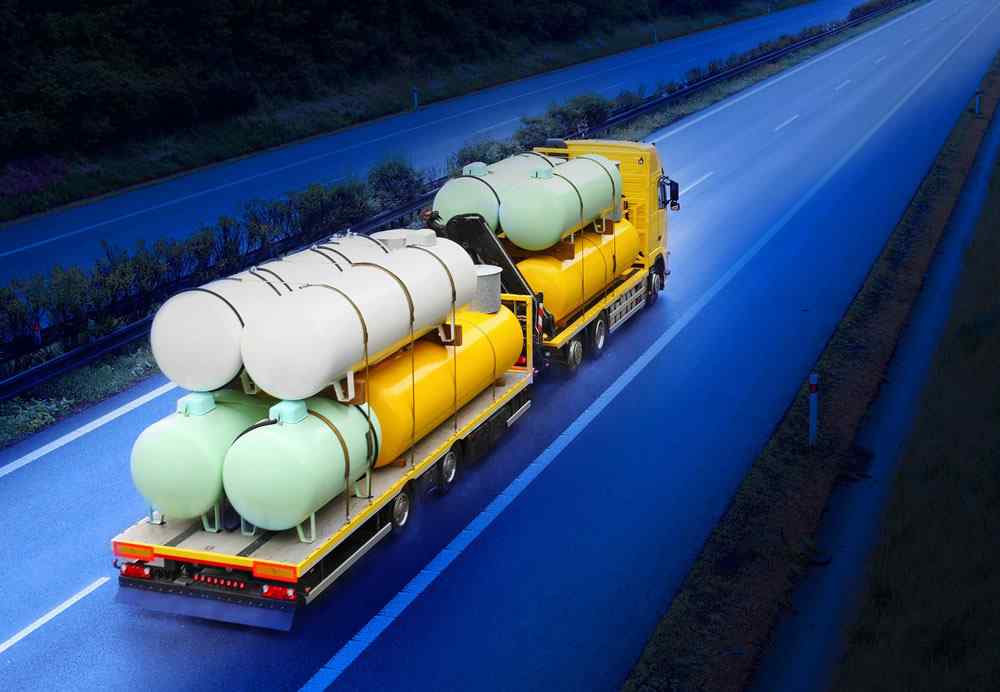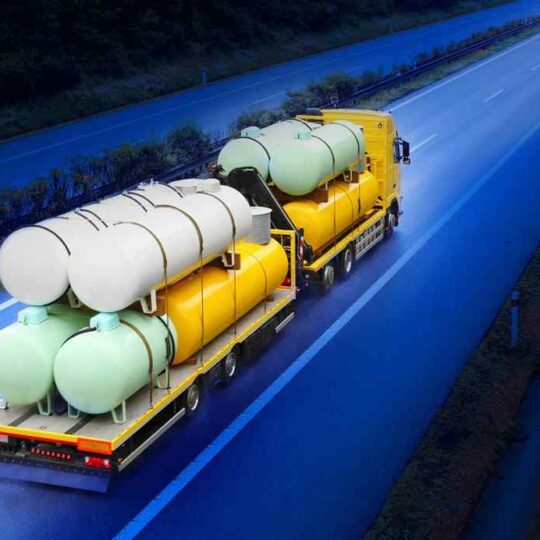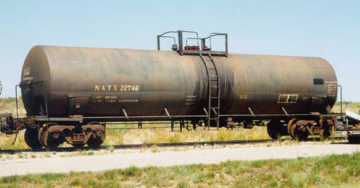Oil Transportation
The transportation of oil is the final step that oil takes before it is distributed to consumers. The transportation of oil is a part of midstream industry.
There are several different methods of transportation, all of which are becoming increasingly important. Advances in exploration and extraction techniques (like offshore drilling), means that oil is being located and recovered from increasingly remote locations across the globe. This coupled with an increasing demand for petroleum products has resulted in oil extraction and refining and being very far from where people are using gasoline, diesel and kerosene. This separation of supply and demand makes transportation vital in the petroleum industry.
Types of Transportation
There are a number of different ways that oil can be transported worldwide in large quantities, and each type of transportation has its own benefits and drawbacks. Several different methods of oil transportation are highlighted below.
Oil Tankers
Crude oil tankers are large ships used to transport crude oil from the Middle East, Africa, and Latin America to refineries worldwide. Tankers that carry refined products are known as product tankers, and carry refined petroleum products from refineries to distribution locations.
Oil tankers can very in size, although smaller vessels are generally used to transport refined petroleum products whereas much larger tankers are used to transport crude oil. These larger ships tend to be used more for crude oil as they reduce the cost per barrel of transport of the oil. Tanker sizes are expressed in terms of cargo tonnes – or how much cargo they can carry. Larger crude oil tankers carry significantly more and are generally utilized in the international crude oil trade.
Rail Transport
Oil can also be transported on long cargo trains equipped with special tanker cars, and rail transport is used most commonly in areas without pipelines. In contrast to oil tankers, which can hold a significant amount of crude oil in a small number of holding tanks, rail cars can only transport the required large quantities of oil in multiple cars. After extraction, oil is loaded onto these railcars and moved across pre-existing tracks to the refinery. Although more cars are required to transport significant amounts of oil, rail is a fairly cost effective method of moving oil. Similar to pipelines and oil tankers, rail can also be used to transport refined petroleum products to distribution locations.
Trucks
Tanker trucks are also a type of oil transportation method, however they are functionally the same as rail transportation in that several large trucks with equipped oil storage tanks are needed to move significant quantities of oil. Generally, trucks are used to carry small capacities of oil short distances and rarely carry crude oil. Instead, trucks are more commonly used to move refined petroleum such as gasoline to distribution locations such as gas stations. Instead of relying on established railways, however, trucks can operate more freely as they only require roadways to travel.
- Category
- Oil Transportation vehicles
- Number of vehicles
- 150
- Tanker trucks
- 120
- Tanker ships
- 10
- LNG trucks
- 20






